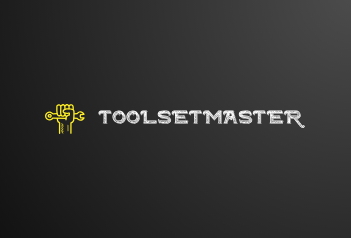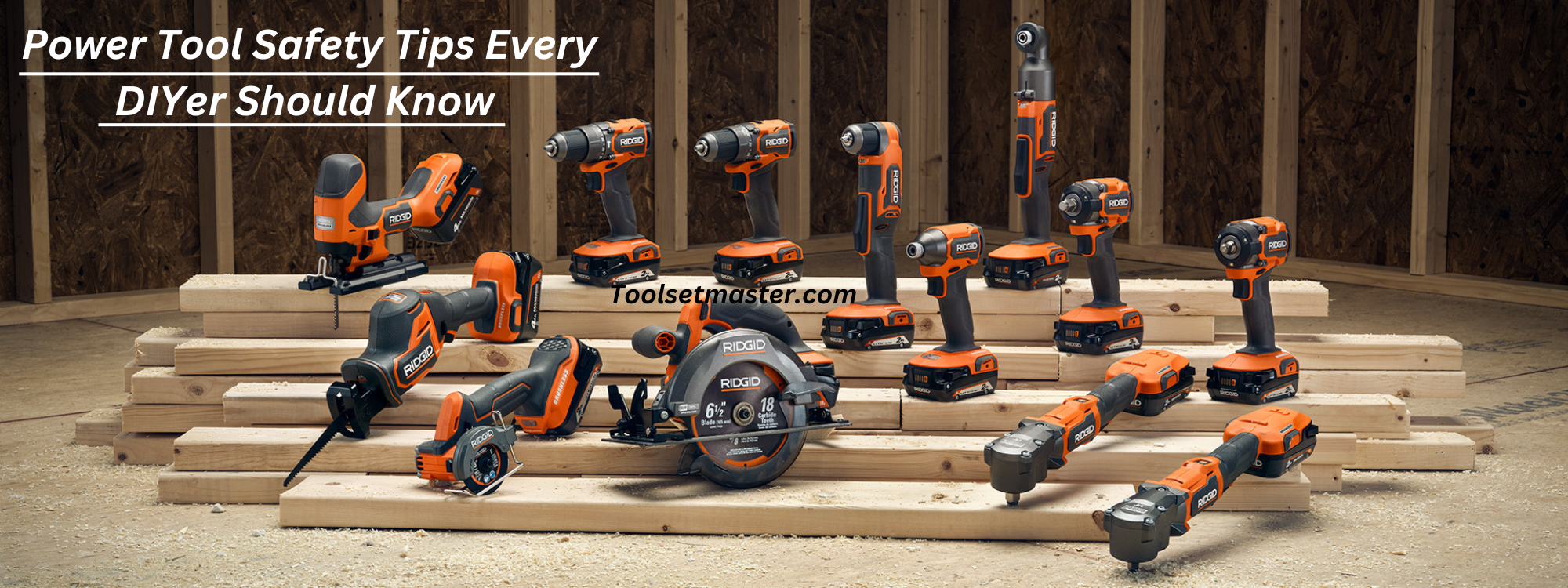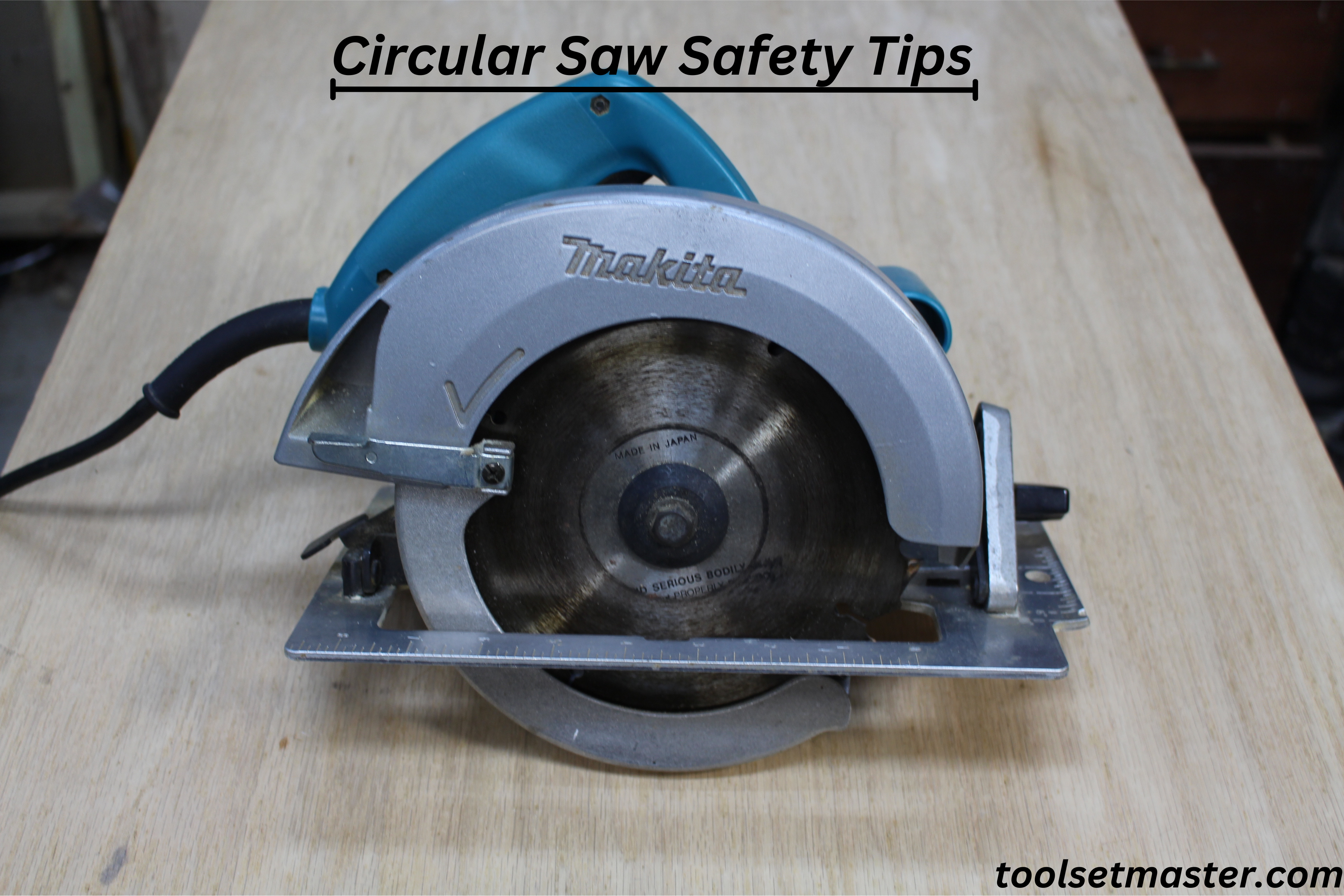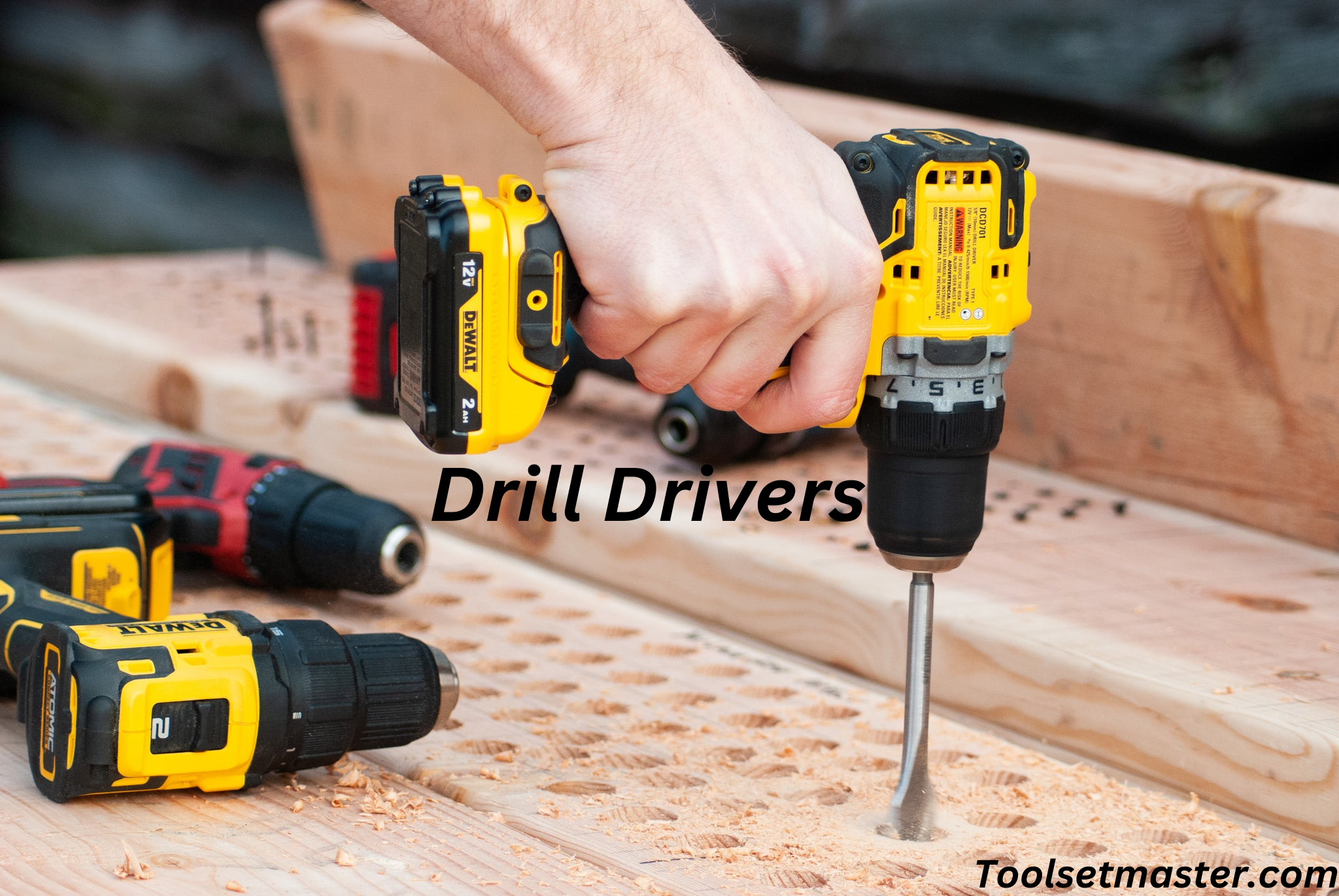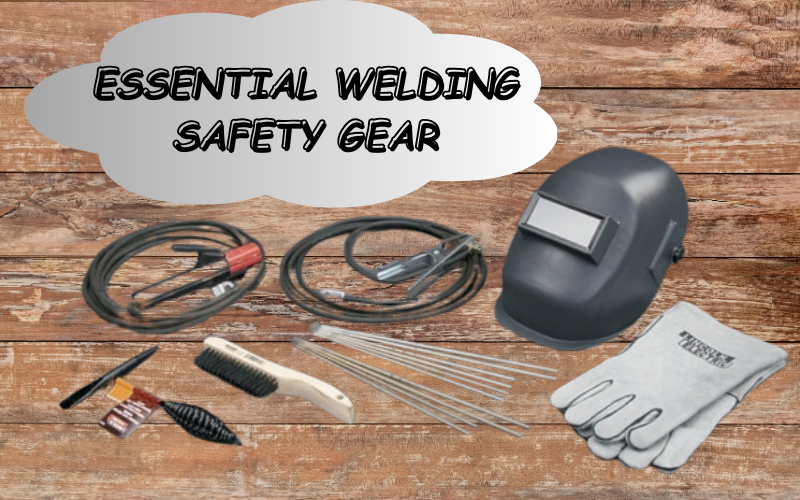Introduction
Power Tool Safety Tips: Using power tools can be a DIY enthusiast’s greatest ally, making home improvement tasks a breeze. Yet, it’s crucial to be aware that these tools can be risky if not used with caution. It’s essential to understand how to use power tools safely to ensure that your DIY projects don’t turn into a mishaps or result in injuries. In this article, we’ll go through the top 10 safety tips for using power tools that every DIYer should be aware of.
1. Power Tool Safety Tips
a. Wear Appropriate Safety Gear:
Wearing the right safety gear is essential to keep yourself safe during different activities. Whether you’re working with tools, playing sports, or doing household tasks, the proper gear acts as a shield to protect you. It includes things like safety glasses for your eyes, ear protection for loud noises, and dust masks to prevent harmful particles from getting into your lungs. Wearing well-fitted clothing is also important to reduce the risk of accidents. No matter what you’re doing, having the right safety gear not only keeps you physically protected but also creates a secure environment, allowing you to concentrate on your task without compromising your well-being.
b. Inspect Your Tools:
Make it a habit to regularly check your power tools. Take a good look at the power cable to make sure there are no frayed wires or exposed bits. This is important because damaged cords can lead to electric shocks. Checking the cord ensures that when you use the tool, everything is safe. Also, keep an eye out for wear and tear on the tool itself. Check for loose parts like screws and handles. If you spot any issues, take the time to fix or replace the tool right away. It’s a small effort that goes a long way in keeping things safe and sound.
c. Read the Manual:
It’s not just some boring booklet. It holds crucial info about using and maintaining your power tool safely. Give it a read and make sure you understand it before you dive into using the tool. Each power tool has its own quirks, and the manual spills the beans on its special features, what it can do, and any limits it might have. It’s like the key to unlocking the full potential of your tool while keeping things safe and sound.
d. Keep Your Workspace Clean and Well-lit:
For safety, a neat and tidy workspace is crucial. A cluttered environment can create tripping hazards, and poor lighting raises the risk of accidents. Make sure your workplace is well-lit so you can see what you’re doing clearly, and keep it tidy so that tools and supplies don’t get in the way.
e. Maintain Proper Posture:
When using power tools, keeping good posture is crucial for control and balance. Stand with your feet about shoulder-width apart to make a stable foundation. Avoid reaching too far, as it can throw off your balance and lead to accidents. Keep your weight evenly distributed. Also, hold onto the tool firmly with both hands for better control. These simple tips help you stay steady and safe while working with power tools.
f. Use the Right Tool for the Job:
Picking the right tool for a job is a basic but crucial rule that ensures you get things done efficiently and safely. Each tool is made with specific features to handle certain tasks, so when you choose the right one, you not only improve the quality of your work but also lower the risk of accidents or damage. It’s all about working smarter, not harder, and realizing that having the correct tool makes a big difference in getting the best results. Whether you’re doing a quick fix or tackling a bigger project, using the right tool shows you understand what needs to be done, making your work smoother and more effective.
g. Keep Hands and Objects Clear:
Power tools have parts that move really fast, and if they touch your hands or anything nearby, it can lead to serious injuries. Keep a safe distance from these moving parts and steer clear of where the tool is doing its thing. Always know where your hands are in relation to how the tool is working. It’s an easy way to steer clear of accidents and make sure you stay safe while using power tools.
h. Disconnect Power Sources:
When you need to change accessories or make adjustments to a power tool, it’s crucial to disconnect it from the power source. This simple step prevents electrical shocks or accidental starts that could happen if the tool is still plugged in while you’re working on it. So, unplug it to stay safe when making any changes.
i. Store Tools Safely:
Keeping your tools safe is a big deal, it helps them last longer and keeps things secure. When you’re not using your tools, make sure to store them in a specific, dry, and safe spot. Think about using lockable cabinets or toolboxes, especially if you’ve got kids around, to make sure nobody messes with them without permission. Proper storage not only protects your tools from potential damage but also helps them stay in good shape over time. It’s a simple yet important step that not only extends the life of your tools but also ensures they’re ready and safe to use whenever you need them.
j. Seek Professional Help When Needed:
Don’t hesitate to seek help or guidance from an expert if you ever feel unsure about a specific task or uneasy using a particular power tool. Their experience can assist you in completing your DIY projects successfully and safely, preventing any accidents along the way. Asking for help is a smart move to ensure you get the job done right.
Conclusion
While power tools can be awesome for DIY enthusiasts, it’s super important to use them with a deep respect for safety. By grasping power tool safety and sticking to these key tips, you can have a blast with your DIY projects while keeping the risks in check. Just keep in mind, a safe DIYer is a successful DIYer. So, get clued up, gear up, and let your creativity flow in a safe way.
